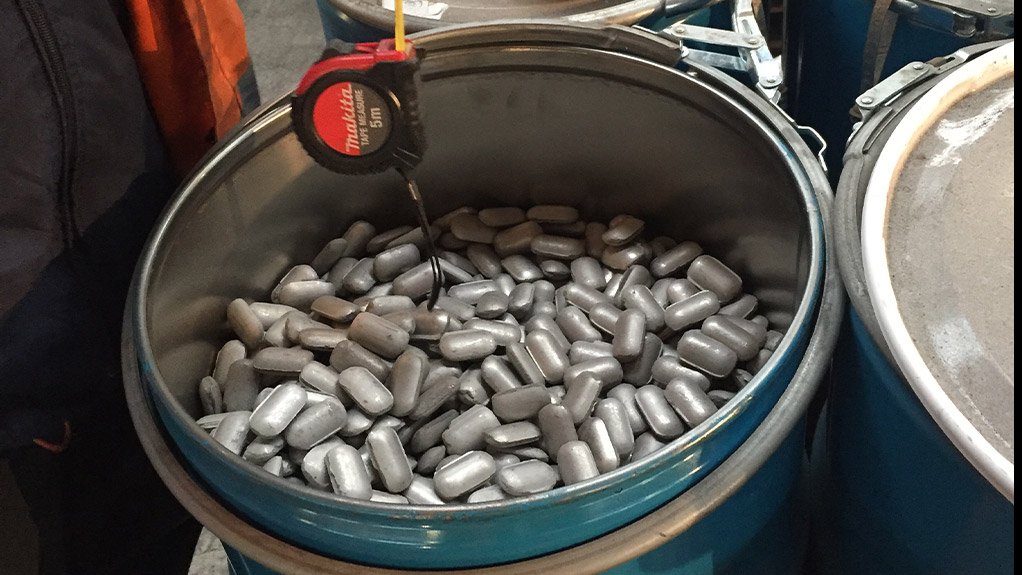

Usually, countries with the largest output have the greatest reserves, and likely would be major prospective producers.


The concentrated supply of metals implies some top producers may benefit. The four metals could affect the economy via inflation, trade and output, and provide significant windfalls to commodity producers. This could rival the roughly estimated value of oil production in a net-zero scenario over that period. Under a net-zero emissions scenario, booming demand for the four energy transition metals alone would boost their production value sixfold to $12.9 trillion over two decades. On the supply side, however, production is slow to react due to the long lead times for opening mines, and only eventually eases market tightness after 2030. The demand surge under a net-zero scenario is frontloaded because renewable energy components such as wind turbines or batteries need metals upfront. We estimate prices would peak as in 2011, though be elevated for longer. However, copper is less of a bottleneck as its demand increases are not as steep. Specifically, cobalt, lithium, and nickel prices would rise several hundred percent from 2020 levels and peak around 2030. In fact, if mining had to satisfy consumption under the IEA’s net-zero scenario, our recent analysis shows prices could reach historical peaks for an unprecedented length of time-and those higher costs could even delay the energy transition itself. The combination of soaring demand and slower supply changes can spur prices to climb. Supply trends also are influenced by extraction technology innovation, market concentration, and environmental regulations. That shortens lead times for new production to average roughly five years. In contrast, lithium often is extracted from mineral springs and brine via salty water pumped from below ground. Copper, nickel, and cobalt come from mines, which require intensive investment and take on average more than a decade from discovery to production according to the IEA. While metals demand could soar, supply typically reacts slowly to pricing signals, partly depending on production. Copper use would double and nickel’s would quadruple, though this includes meeting needs unrelated to clean energy. Under the roadmap’s ambitious scenario, lithium and cobalt consumption jumps more than sixfold to satisfy needs for batteries and other clean energy uses. The fast pace of change needed to meet climate goals, such as the International Energy Agency's (IEA) Net Zero by 2050 Roadmap, implies soaring metals demand in the next decade. They are copper and nickel, major established metals that have traded on exchanges for decades, and minor-but-rising lithium and cobalt, which have traded on exchanges only recently but are gaining popularity because they are important for the energy transition. Our focus is on four important metals among the variety being used for the transition. We look specifically at the goal of limiting global temperature increases to 1.5 degrees Celsius, which requires a transformation of the energy system that could substantially raise metals demand as low-emission technologies-including renewable energy, electric vehicles, hydrogen, and carbon capture-require more metals than fossil-fuel counterparts. Cobalt and nickel prices would also see similar surges in coming years. Our latest research, included in the October World Economic Outlook and a new IMF staff paper, details the likely effects of the energy transition for metals markets and the economic impact for producers and importers.įor example, lithium, used in batteries for electric vehicles, could rise from its 2020 level around $6,000 a metric ton to about $15,000 late this decade-and stay elevated through most of the 2030s. Prices for industrial metals, an important foundation for the global economy, have already seen a major post-pandemic rally as economies re-opened, as we recently wrote. Prices could reach historical peaks for an unprecedented length of time-and even delay the energy transition itself.Ī resulting surge in prices for materials such as cobalt and nickel would bring boom times to some economies that are the biggest exporters-but soaring costs could last through the end of this decade and could derail or delay the energy transition itself.


 0 kommentar(er)
0 kommentar(er)
